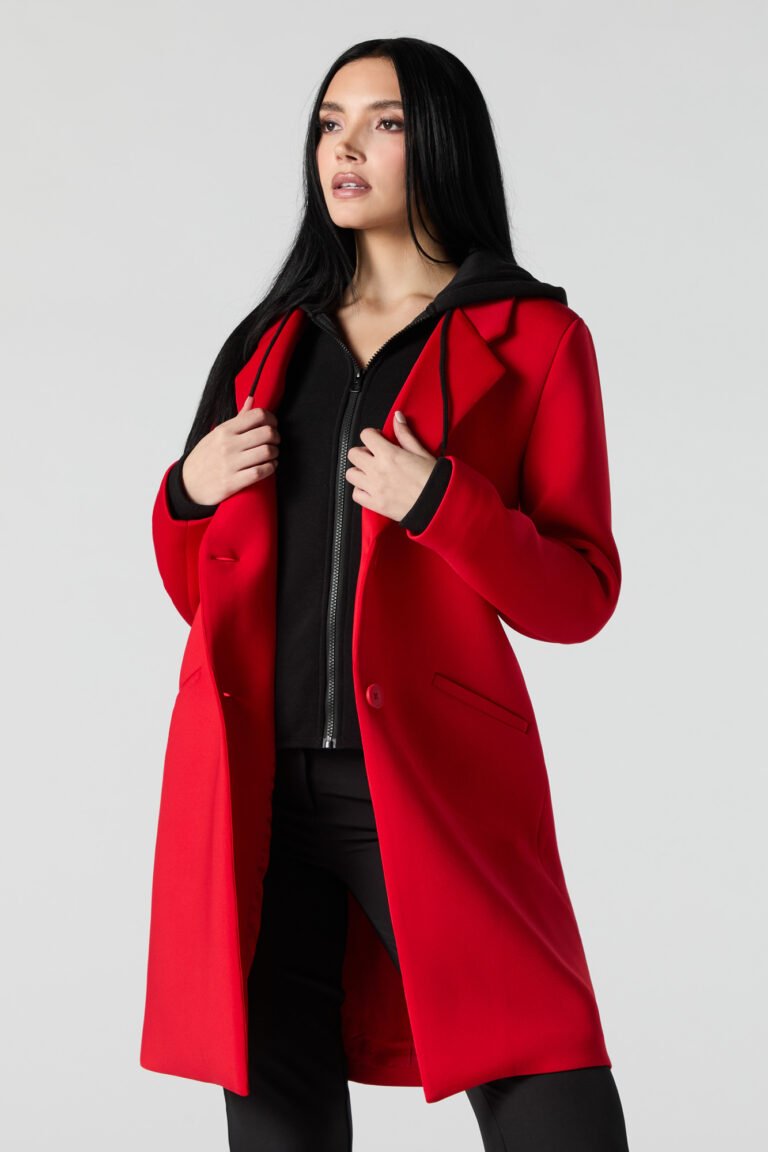
Texture Tells the Story: Why Retouching Fabrics, Jewelry & Tech Products Matters in Q4
Q4 isn’t just another quarter—it’s the quarter. Black Friday, Cyber Monday, and the holiday shopping season pack more sales into a few weeks than the rest of the year combined. For ecommerce brands, it’s the season that can define your revenue curve for the entire year.
But here’s the catch: with so many brands fighting for attention, the margin for error is razor-thin. Customers don’t have time to read every product description. Instead, they scan. And what they scan are your product images.
In those split seconds, your visuals must do more than show the product—they must communicate quality, authenticity, and value. That’s where texture comes in.
Texture is the difference between a fabric that looks flat on-screen and one that feels touchable. Between a diamond that looks dull and one that sparkles. Between a smartphone that looks generic and one that gleams with precision.
In Q4, when shoppers are buying for themselves and for gifts, texture-rich images don’t just catch attention—they build trust.
Why Texture Matters in Ecommerce Visuals
Let’s break it down by category:
Fabrics – Softness You Can Almost Feel
When someone buys clothing, bedding, or upholstery online, they can’t run their fingers over it. The image has to bridge that gap.
Wrinkle management is key: smooth enough to look professional, but not so airbrushed that it seems fake.
Stitching and weave should be visible—these are markers of quality.
True color correction ensures that what the customer sees online matches what arrives at their doorstep.
Well-retouched fabric photos make customers believe in the comfort, durability, and elegance of the material—without needing to touch it.
Jewelry – Sparkle That Sells
Jewelry is all about emotional resonance. A ring or necklace isn’t just a product—it’s a promise, a gift, a luxury. But raw product shots often fail to capture that magic.
Gemstone brilliance comes from careful editing that enhances sparkle without creating artificial glows.
Metal shine must look polished but not plastic.
Background cleanup makes sure all attention stays on the jewelry.
In Q4, when jewelry sales spike during gifting season, retouching can make the difference between a product that blends in and one that shines like a showstopper.

Tech Products – Sleek, Modern, and Precise
Tech shoppers are detail-oriented. They want to see clean lines, sharp edges, and materials that scream premium.
Removing dust, smudges, or fingerprints keeps products looking new.
Edge refinement emphasizes the design craftsmanship.
Controlled reflections make surfaces appear sleek without distracting glare.
When your tech visuals are retouched to highlight material precision, you’re not just selling a gadget—you’re selling innovation and reliability.
Common Editing Mistakes That Kill Texture
Of course, not all retouching is created equal. Too often, ecommerce brands fall into traps that actually diminish texture:
Over-smoothing fabrics until they look like plastic.
Overexposing jewelry so sparkle turns into a flat white glow.
Over-polishing tech until it resembles a 3D render instead of a real product.
In each case, the attempt to “clean up” the photo removes the very details customers rely on to judge quality. The goal isn’t perfection—it’s authenticity enhanced.
Editing Techniques to Highlight Texture
So, how do you retouch in a way that celebrates texture?
Controlled lighting & shadow adjustments: Balance exposure to bring out fabric folds, jewelry facets, and tech surfaces.
Selective sharpening: Apply sharpness only to areas where details matter (weaves, gemstones, metal edges).
Color correction: Ensure consistency across product lines and accuracy between screen and reality.
Layered retouching: Use subtle, localized edits instead of one-size-fits-all filters.
These techniques ensure products look polished yet real—enhanced, but not artificial.
Scaling Texture-Rich Editing for Q4
One of the biggest challenges in Q4 is volume. You’re not just editing a handful of images—you’re processing hundreds or thousands. And every single one must maintain consistency.
Here’s how leading brands manage it:
Batch processing + manual finishing: Use automated tools for basic adjustments, then add human retouching for detail.
Outsourcing to specialists: Professional editing teams (like MubyTech) handle large volumes while maintaining quality control.
Quality checks across SKUs: Ensure every product in a category has consistent lighting, color, and detail emphasis.
This balance allows brands to scale without sacrificing quality—essential when deadlines are tight and expectations high.
Why Texture Equals Trust
Here’s the psychology: texture makes digital feel tangible.
A fabric photo that shows weave and drape convinces the shopper it will fit and feel right.
Jewelry that sparkles online assures the buyer it will sparkle in real life.
A laptop photo that gleams with precision reassures the customer it’s worth the price tag.
In ecommerce, trust is currency. And texture builds trust faster than any copywriting ever could.

📝 Final Thought
Q4 is not the time for generic visuals. It’s the time to make your product images work harder than ever.
Texture is the secret weapon. It bridges the gap between digital browsing and real-world ownership. It convinces shoppers that what they see is what they’ll get. And in a season crowded with competitors, texture-rich retouching is how you make your brand unforgettable.
At MubyTech, we specialize in retouching that celebrates detail—fabric folds, gemstone sparkle, metal finishes, and every nuance that tells your product’s story.
👉 This Q4, don’t just show your products. Make customers feel them. Let’s create images that convert.
By MubyTech
Global Image Editing Partner
Global Image Editing Partner